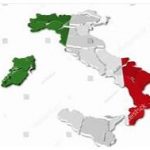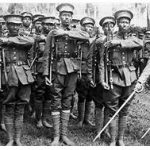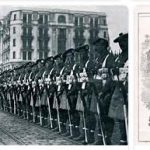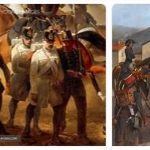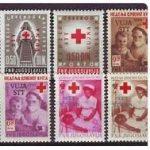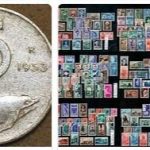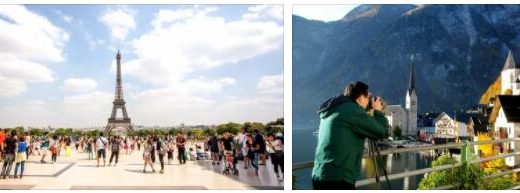Crisis of Kingdom of Italy and Strengthening of Local Life Part 2
Here, in Italy, Guido di Spoleto, who had a large base in central Italy and, somewhat in the south, and Berengario del Friuli, prevalent among the lords of northern Italy, were competing. In the end Guido prevailed, who had the crown, after earning the bishops and the pope with a promise of protection (889), and had his son Lamberto nominated first king, then crowned emperor by Pope Formosus. But Formoso, who felt the weight of the Spoleto house, allied with the Marquises of Tuscany, weighed upon him in his own home, sympathized with the Carolingians of Germany and turned to Arnolfo, who had already affirmed his right to the crown in 888 imperial as a son of Charlemagne. After a first attempt, frustrated by the opposition of the great, Arnolfo was able to reach Rome and take the imperial crown. But his death caught him soon after, and the kingdom had two kings, Berengario and Lamberto, with a prevalence of the latter, due to its strong position in the Spoleto area and in the south up to Benevento, while, as emperor, he also asserted himself in Rome, where his partisans made the impious trial of the already dead Pope Formosus. Lamberto’s death gave all the command to Berengario again. An ephemeral command, however: because he did not succeed in imposing himself in central Italy, while also in the north large hordes of Ungari entered Italy, they won Berengar in battle, they ran the Po valley almost to the foot of the western Alps, they finished taking away all authority and credit. It is the time that the Saracens regained vigor in the south and their gangs, landed on the coasts between Provence and Italy, penetrated into Piedmont, destroyed villages and monasteries. Against Berengar, the greats called Ludovico di Provenza who was king in Pavia and emperor in Rome in 901. Berengar succeeded in driving him out for the first time; a second time, he will take him and, blinded him, send him back across the Alps.
But his authority was always precarious, always supervised by the powerful lords of the kingdom: the Marquis Adalberto d’Ivrea and Ermengarda; Adalberto Marquis of Tuscany and his wife Berta; in Rome and in the surrounding region, the landed nobility supported the Duke of Spoleto and came, after the death of Pope Formosus, to take over civil offices and the ecclesiastical administration. At his head, Teofilatto, magister militum and consul, and his wife Theodora, while his daughter Marozia had married Guido, Marquis of Tuscany in second marriage. Church and state are, in Rome, in the hands of Theophilacus and Theodora. According to ANSWERRESUME, the popes emancipated from Byzantium; having succeeded in removing the representative and minister of the Western emperor from Rome, they are now as if absorbed by the powerful social forces that the land of the city feeds. And as for the south, there is no possibility for the king to attempt some enterprise, all at the mercy of local forces, as well as the empire of the East and the Saracens, as is that region. On them the pope, the Roman aristocracy, the Duke of Spoleto come to make themselves heard. Who, in 915, joined an alliance promoted by Atenolfo di Capua and constituted by the Neapolitans, by Amalfi, by the emperor of the East, against the Saracens of Garigliano. The coalitioned militias marched against that nest of infidels who ran from there and plundered to the borders of Tuscany, and destroyed it. However, that same year Berengar was able to encircle the imperial crown in Rome. But the new and higher crown did little to him: for there was another plot of the great with Rudolph of Burgundy; another and more ruinous raid by Ungari who, called by him to punish the great, went as far as the South, almost giving the hand to the Saracens; finally, Rodolfo’s descent, Berengario’s defeat at Fiorenzuola, in 923, his violent death in 924, while the Hungarians again beat the Po valley and set the capital of the kingdom, Pavia, on fire. This too was a vain victory for Rodolfo. He had just assumed the royal title, which Pope John, Berta, Ermengarda call Hugh of Provence,
Fatigue of Sisyphus, the one to which these kings of Italy were condemned. Not a people, provided with a certain compactness and strength of its own, interested in gathering around the prince and giving him strength. An unstable, fluctuating, treacherous element, the great ones, easy to unite to oppose a new king to a king already in office, but also easy to dissolve when it comes to supporting the new king. No lasting solidarity between them, no sentiment of the state, the king considered nothing more than a first among equals. Two kings, better than one, for power, as Liutprand of Cremona writes in the middle of the century. X, do not obey anyone. Which of the new barbarian kingdoms had as much foundation weakness as this one?

